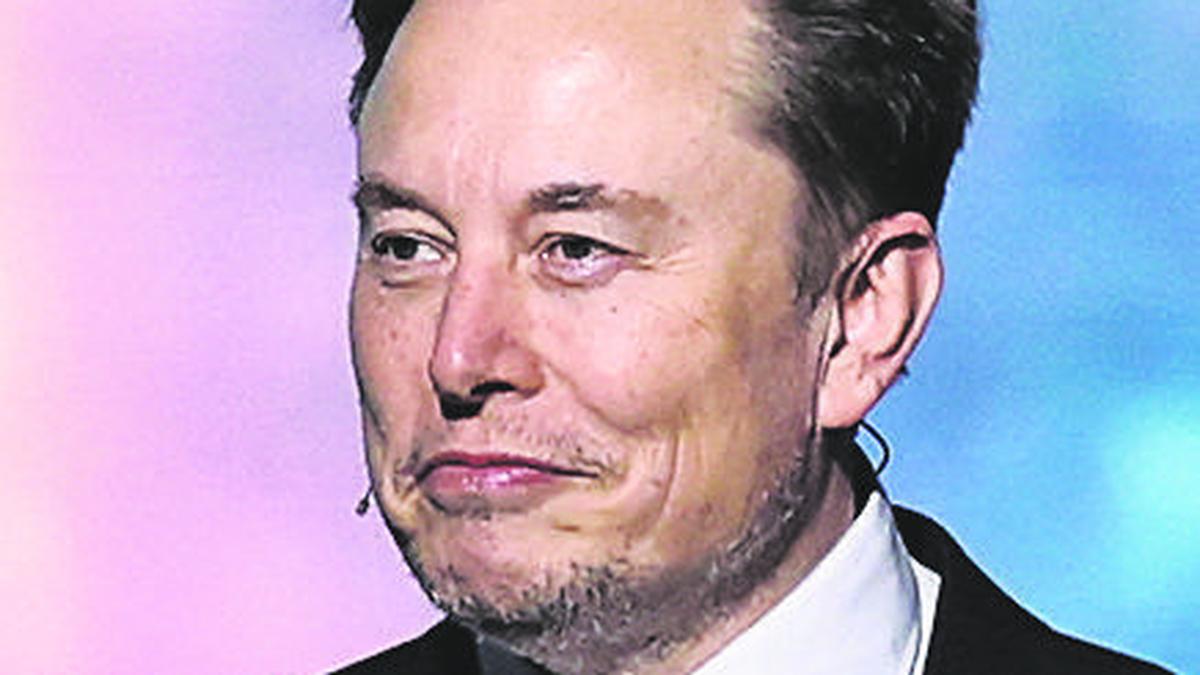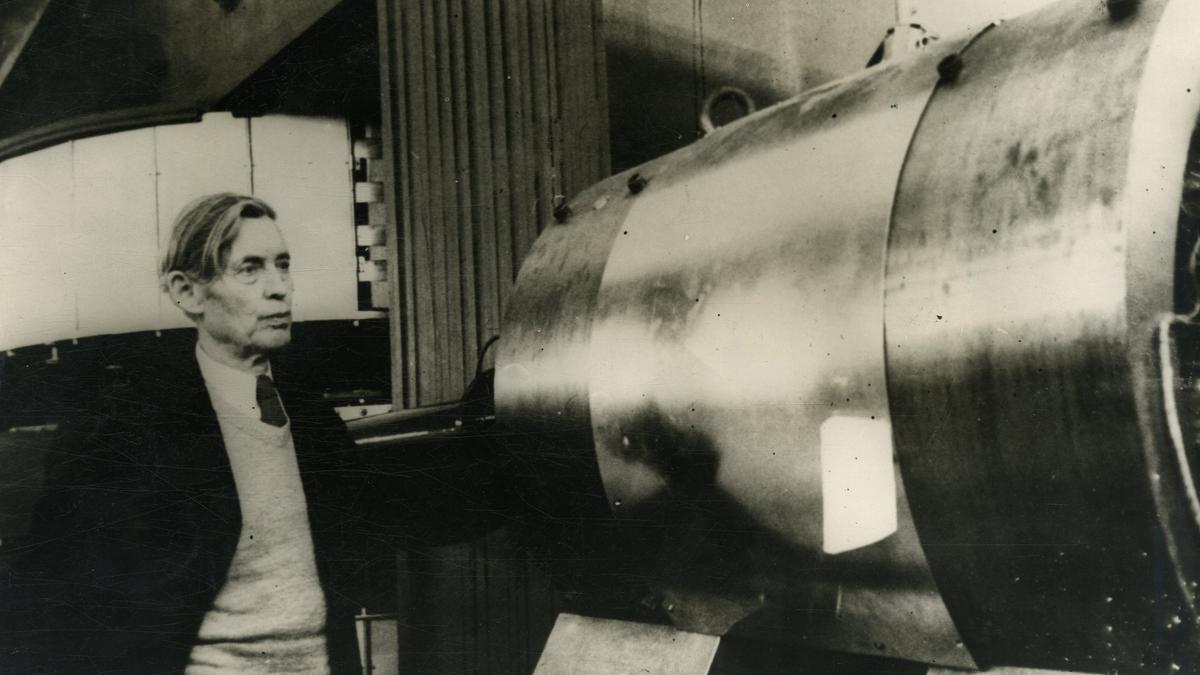[ad_1]
The ambitious project will require at least two launches of the heavylift LVM-3 rocket, which will carry five distinct components of the mission. These elements will be assembled in orbit before heading towards the Moon. This will be India’s first attempt at a sample return mission, further advancing the country’s scientific and technological capabilities in space research.
“The Chandrayaan-4 mission aims to collect samples from the Moon’s surface and bring them back to Earth,” Singh stated in an interview with PTI Videos.
Alongside Chandrayaan-4, India’s space agency, the Indian Space Research Organisation (ISRO), has a packed schedule for the coming years. The highly anticipated Gaganyaan mission, which aims to send Indian astronauts into low-Earth orbit and return them safely, is slated for launch next year. Prior to this, the first uncrewed test mission featuring the humanoid robot ‘Vyommitra’ will take place later this year.
In 2026, India will also embark on another groundbreaking endeavour, the Samudrayaan mission. This initiative will see three scientists descend to a depth of 6,000 metres in the deep ocean inside a specially designed submersible. The goal is to explore the seabed, which could reveal valuable mineral resources, rare metals, and undiscovered marine biodiversity.
Prime Minister Narendra Modi highlighted the importance of Samudrayaan in his Independence Day address, emphasising its potential impact on India’s economy and environmental sustainability.
India’s space sector has experienced significant expansion over the past decade, with infrastructure improvements and greater private sector involvement driving growth. While ISRO was established in 1969, it took over two decades to develop its first launch pad in 1993, followed by a second in 2004. However, the last ten years have seen rapid advancements, including the construction of a third launch pad for heavier rockets and the establishment of a new small satellite launch facility in Tamil Nadu’s Tuticorin district.
With India’s space economy currently valued at $8 billion, it is projected to soar to $44 billion within the next decade.
[ad_2]
Source link





